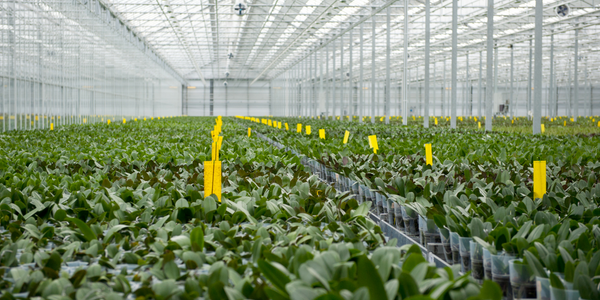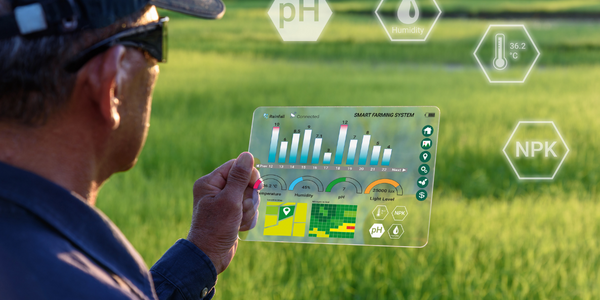Download PDF
AGCO is Increasing the Efficiency of its Manufacturing Programs Using Glass

Technology Category
- Analytics & Modeling - Virtual & Augmented Reality Software
- Wearables - Augmented Reality Glasses, Headsets & Controllers
Applicable Industries
- Agriculture
Applicable Functions
- Quality Assurance
Use Cases
- Augmented Reality
The Challenge
The thorough inspection of a finished product is an essential step in the quality-control process. In the beginning, quality checklists were accessed using paper on clipboards. As technology improved, computers were utilized. But computers required additional time to access, and couldn’t be carried to the equipment being inspected. Tablets replaced computers, but were easily broken and expensive to replace.
The Customer
AGCO Corporation
About The Customer
AGCO Corporation is an American agricultural equipment manufacturer based in Duluth, Georgia, United States.AGCO was established in 1990 when executives at Deutz-Allis bought out Deutz-Allis North American operations fro
The Solution
Google's Glass Enterprise Edition was used to reduce the amount of back and forth workers have to do accessing checklists, viewing instruction manuals or sending photos from tablets or laptops as they assemble machines.
Data Collected
Images Captured, Instructions
Quantitative Benefit
Related Case Studies.

Case Study
Intelligent Farming with ThingWorx Analytics
Z Farms was facing three challenges: costly irrigation systems with water as a limited resource, narrow optimal ranges of soil moisture for growth with difficult maintenance and farm operators could not simply turn on irrigation systems like a faucet.

Case Study
Greenhouse Intelligent Monitoring and Control Solution
Farming Orchids is the most successful form of precision farming in Taiwan, and also the most exported flower. Orchids need a specific temperature and humidity conditions to grow and bloom, and its flowering time may not be in line with market demands, so the price collapses when there is overproduction. Therefore, some farmers began to import automated greenhouse control systems for breeding and forcing, which not only improves quality, but also effectively controls the production period and yield to ensure revenue. In 2012, an orchid farmer built a Forcing Greenhouse of about 200 pings (approximately 661 Square Meters) in Tainan, Taiwan. The system integrator adopted Advantech’s APAX-5000 series programmable automation controllers to build the control platform, coupled with Advantech WebAccess HMI/SCADA software, to achieve cloud monitoring. The staff of the orchid field can monitor important data anytime via smart phone, iPad, and other handheld devices, and control the growth and flowering conditions. System requirements: In the past, most environmental control systems of orchid greenhouses in Taiwan used PLCs (Programmable Logic Controller) with poorscalability and control, and could not be connected to the Internet formonitoring from the cloud. For advanced database analysis and networking capability, the PC platform must be adopted. Therefore, PAC Systems (Programmable Automation Controller) with both PLC programming capabilities andPC functions is a better choice.The environmental control of the Orchid greenhouse switches on and off devices like fan, shade net, cooling/heat pump, liquid flow control, water-cooling wall etc. It is controlled by a control panel of electric controllers, and is driven by a motor, to adjust the greenhouse temperature, humidity, and other environmental conditions to the set parameters.

Case Study
Enabling Internet of Things Innovation in Agriculture
DigiBale, wanted to apply technology know-how and IP from implementations successfully to more agriculture sectors including cotton, forestry, sugarcane and cattle. However, farmers and growers still have worries about the connected technology.

Case Study
Precision beekeeping with wireless temperature monitoring
Honeybees are insects of large economic value and provide a vital service to agriculture by pollinating a variety of crops. In addition, bees provide us with valuable products such as honey, beeswax, propolis, bee venom, etc. Monitoring of honeybee colony health, population, productivity, and environmental conditions affecting the colony health have always been exceedingly difficult tasks in apiculture. Research has shown that even small deviations (by more than 2°C) from the optimal temperatures have a significant influence on the development of the brood and the health of adult bees.







